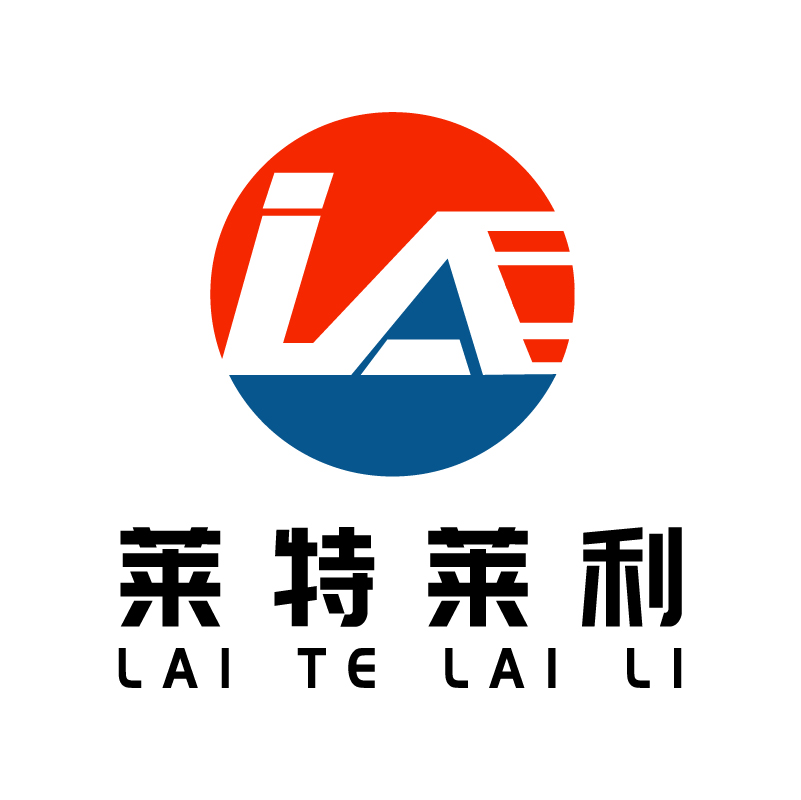In the thermal label industry, how to carry out brand positioning?
When it comes to brand positioning in the thermal label industry, companies need to consider multiple aspects comprehensively to ensure that the brand can occupy a favorable position in the target market and stand out. Here are some specific brand positioning strategies:
1. Market research and analysis
Determine the target market: First of all, clarify the main user groups of thermal label paper, such as enterprises and individuals in retail, logistics, medical and other industries. Use market research to understand the needs, preferences, and purchasing behaviors of these users.
Competitor analysis: Analyze competitors' brand positioning, product characteristics, price strategies, etc., to find out their own differentiation and advantages.
2. Refinement of brand core values
Product characteristics: Based on the product characteristics of thermal label paper, such as printing clarity, durability, moderate price, etc., to extract the core value of the brand. For example, the emphasis on "high-quality printing experience", "durable environmental protection" and so on.
Brand Story: Build an engaging brand story that communicates the brand's philosophy, culture and values. This helps to enhance consumer awareness and identification with the brand.
3. Target customer positioning
Market segmentation: According to the results of market research, the target customers are subdivided into different groups, such as by industry, scale, region, etc.
Demand satisfaction: For the customer needs of each market segment, formulate corresponding product strategies and service programs to ensure that the brand can meet the needs of different customer groups.
4. Brand differentiation strategy
Product differentiation: Enhance the uniqueness and competitiveness of products through technological innovation and material upgrading. For example, develop heat-sensitive label paper with special features (such as water, oil, scratch resistance).
Service differentiation: Provide quality customer service, such as quick response, professional consultation, customized solutions, etc., to enhance customer satisfaction and loyalty to the brand.
5. Brand communication and promotion
Channel selection: Select appropriate communication channels, such as online e-commerce platforms, social media, industry exhibitions, etc., to ensure that brand information can accurately reach target customers.
Content marketing: Promote the professional image and awareness of the brand through high-quality content marketing, such as writing industry articles, publishing product tutorials, sharing customer stories, etc.
Brand cooperation: Establish cooperative relations with well-known enterprises or brands in the industry, and expand the influence of the brand through joint products and joint promotion.
6. Brand maintenance and upgrade
Market feedback collection: Collect customer and market feedback regularly to understand the brand's performance and existing problems in the market.
Brand strategy adjustment: According to market feedback and changes in competitive situation, timely adjust brand strategy and product positioning to ensure that the brand can continue to adapt to changes in market demand.
7. Case study
Taking well-known brands in the thermal paper industry as an example, such as Tianzhang, Deli, etc., their brand positioning strategies usually include:
Tianzhang: Emphasizing the high quality of products and a wide range of applications, through continuous technological innovation and high-quality service, has won wide recognition in the market.
Deli: As a leading brand in the field of office supplies, Deli is also highly regarded in the field of thermal label paper for its excellent quality and reliable performance. Deli focuses on product compatibility and stability, while providing a variety of product specifications and customized solutions to meet the needs of different customers.
In summary, the brand positioning of the thermal label industry needs to start from many aspects, such as market research, brand core value extraction, target customer positioning, brand differentiation strategy, brand communication and promotion, brand maintenance and upgrading, to ensure that the brand can stand out and succeed in the fierce market competition.


